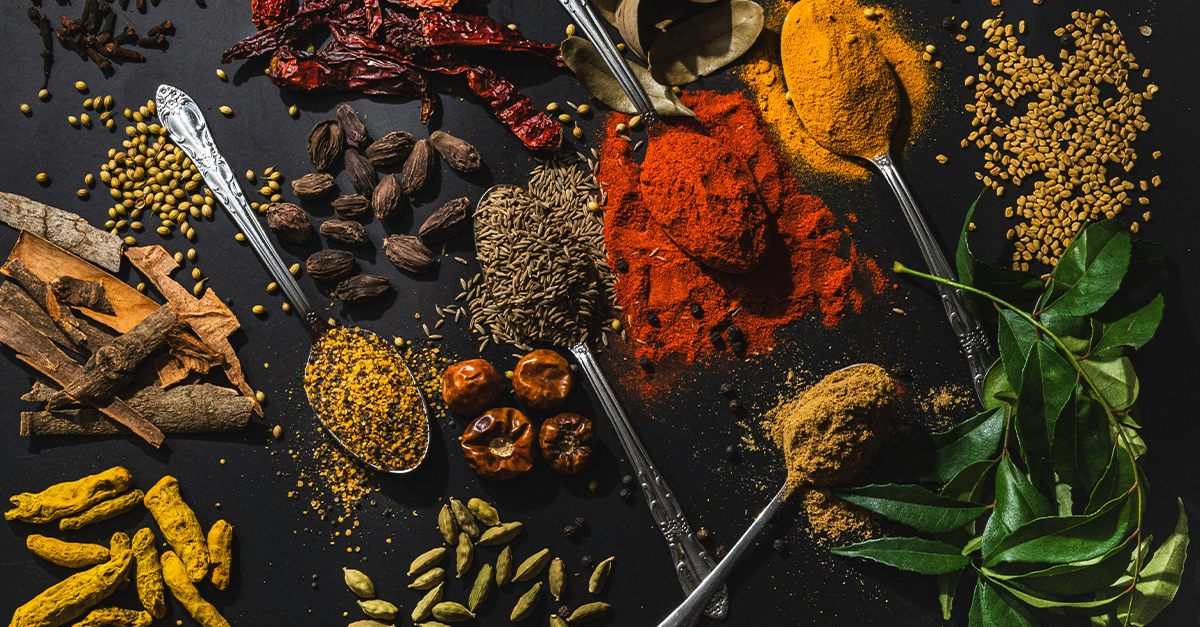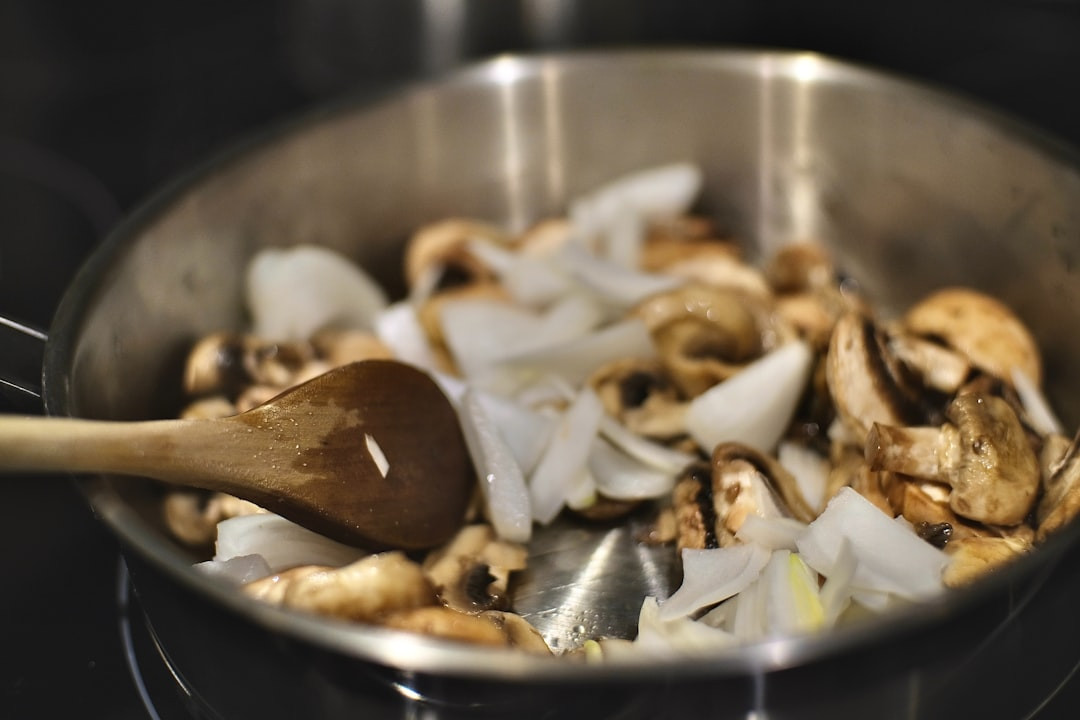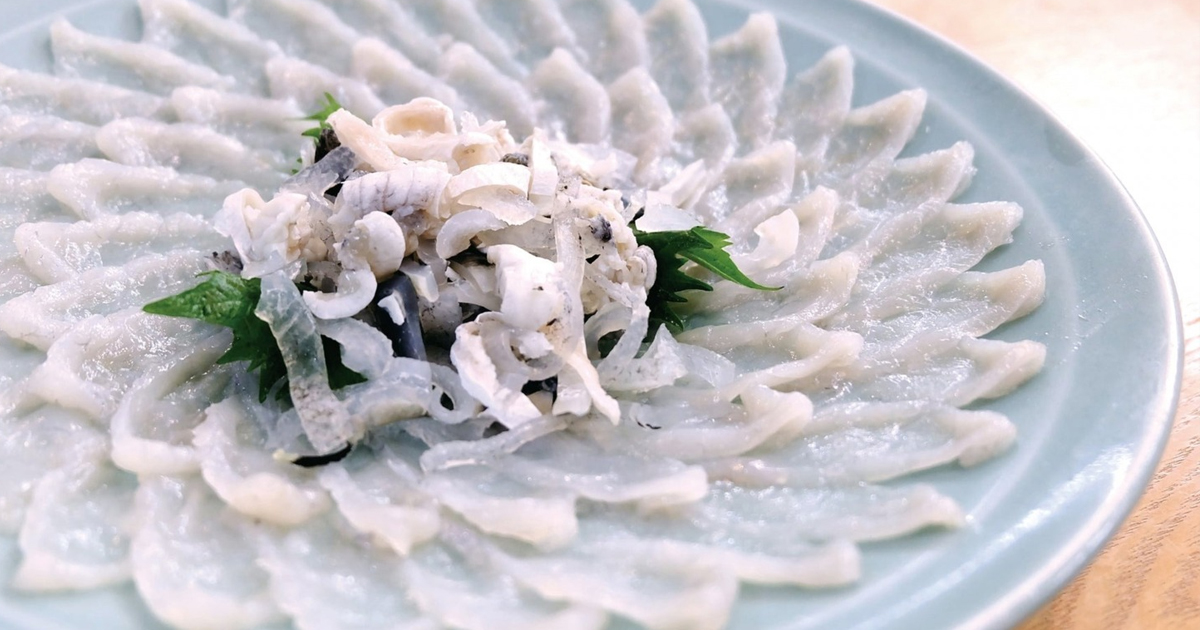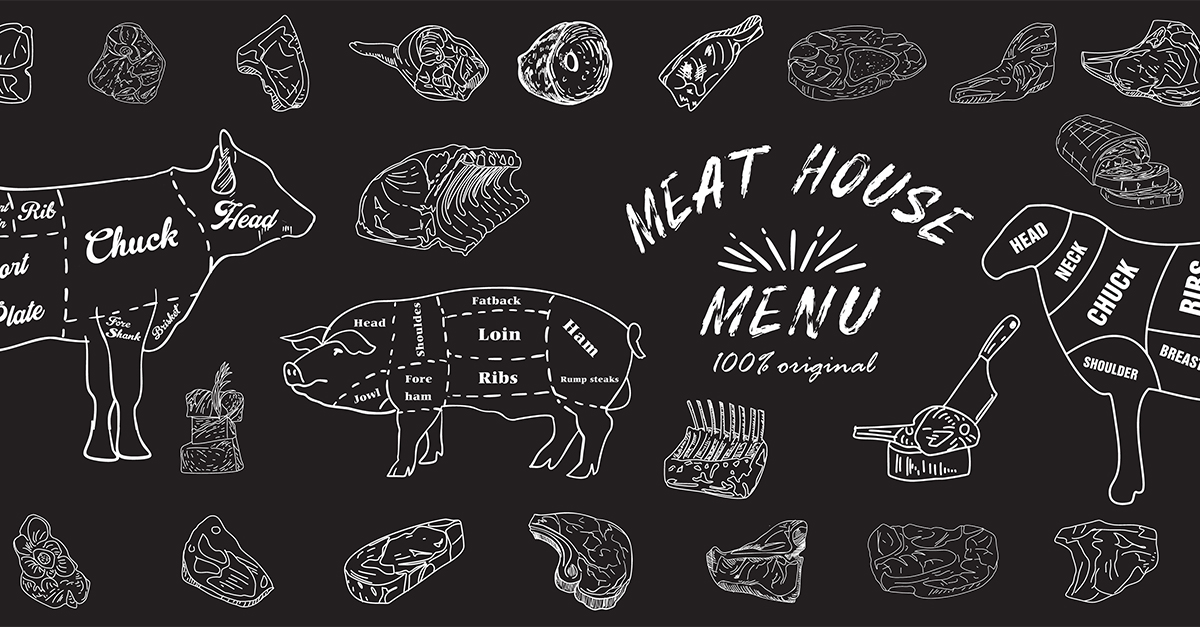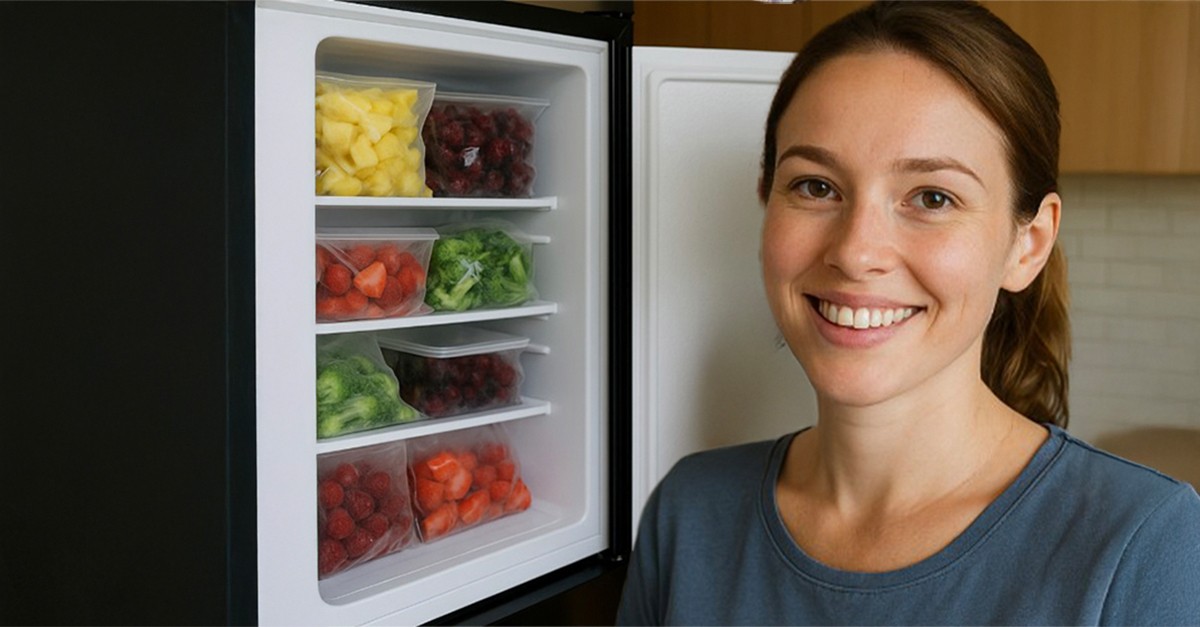We’ve all experienced that unpleasant moment when we taste a home-cooked dish and find it not up to snuff. The good news is that you don’t need unusual ingredients or fancy techniques to take your cooking to a new level. With a few basic strategies and pantry staples, you can bring your meals from bland to bold, and add richness and flavor to every bite.
Start With A Base
Great flavor starts at the beginning. Use aromatic foundations like onions, garlic, celery, and carrots. Or you can swap in leeks, scallions, and shallots for variation. Sauté this mix in oil to release their natural sweetness and create a flavorful base before you add your main ingredients.
The Power Of Salt
Salt is an indispensable flavor enhancer. Under-salting is one of the biggest factors in bland meals. Add salt bit by bit through the entire cooking process instead of just at the end. Use kosher salt or sea salt for better control and flavor. Don’t forget that ingredients like soy sauce, anchovies, and miso paste also bring the salt with their own complexity.
Acidity
Acidity brightens the dish and balances its richness. Adding just a bit of lemon juice, vinegar, or even a spoonful of yogurt can bring the flavor to where it needs to be. Try balsamic for depth, rice vinegar for subtlety, or lime juice for freshness. Acidic additions are more useful at the end of cooking to sharpen and lift up a finished dish.
Use Umami To Your Advantage
Umami, the “fifth taste,” adds savory and complexity. Ingredients rich in umami are mushrooms, soy sauce, miso, Parmesan cheese, sun-dried tomatoes, and Worcestershire sauce. Use these in moderation for soups, sauces, and stews. You want to use it to bring an earthy richness to your dish that’s tough to replicate with salt just on its own.
Layers Of Texture
Bold flavor is about texture as well as taste. Balance the smooth elements with some crunch or chewiness. Throw in toasted nuts on salads, add crisp vegetables to sandwiches, or fried shallots to curries. The contrast in texture can bring out the flavor even more.
Harnessing The Power Of Browning
Browning is all about flavor. Searing meat, caramelizing onions, or roasting vegetables activates their natural sugars and gives you some complex flavors. Be patient and allow time to let ingredients develop color. This adds a rich, savory overtone that bland, boiled dishes can’t match.
Eyeball Your Spices And Herbs
Don’t just mindlessly grab the salt and pepper. Toast your spices before you grind them; or bloom them in hot oil to release their aromatic oils. Add fresh herbs like cilantro, parsley, or basil at the end of cooking for brightness, or use dried herbs like thyme, oregano, or rosemary early on to add richness.
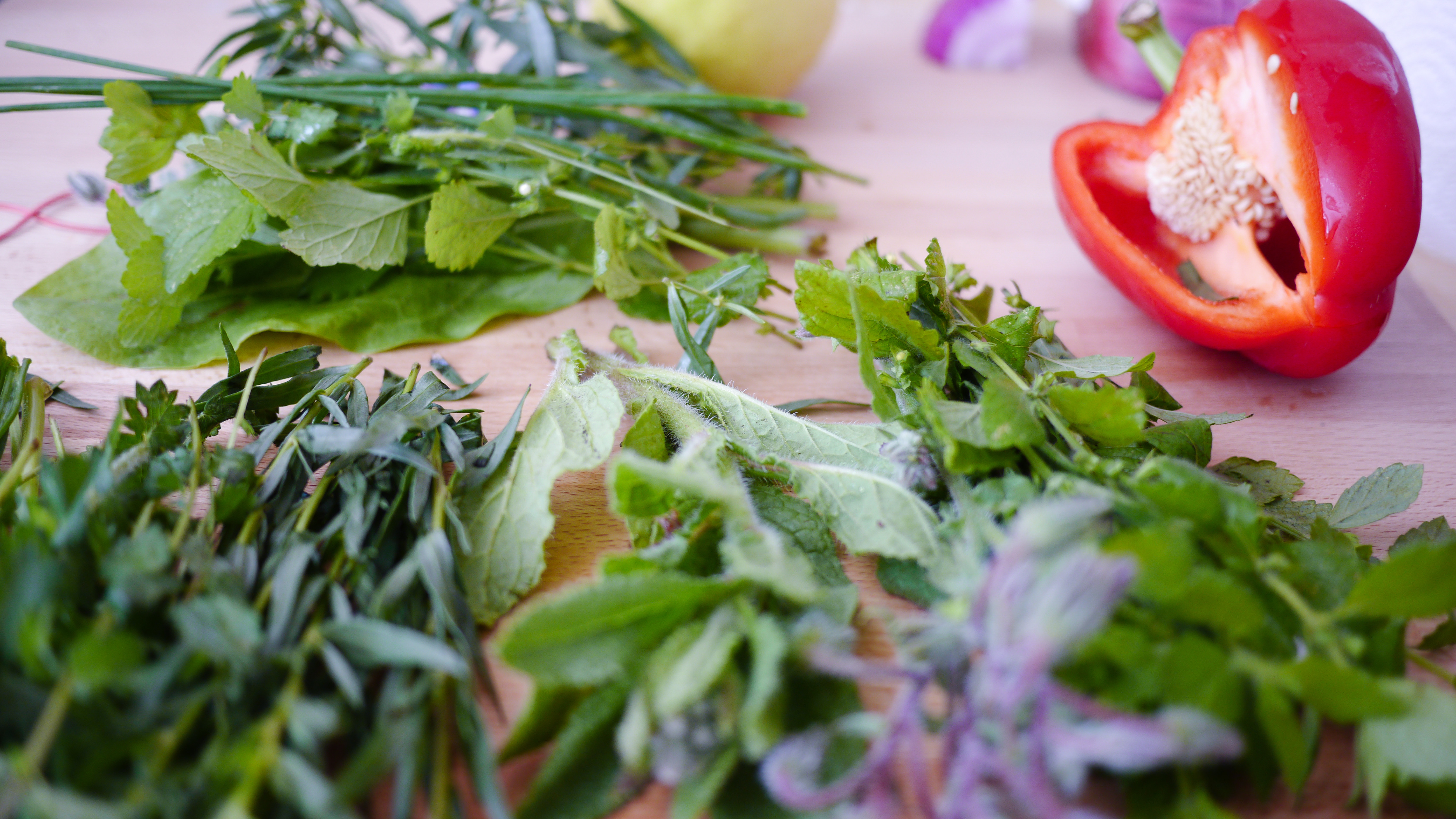 Thomas Rehehäuser trehehaeuser, Wikimedia Commons
Thomas Rehehäuser trehehaeuser, Wikimedia Commons
Finish Things Off With A Flavor Bomb
Small touches at the end can really make your dish taste great. A sprinkle of flaky salt, a drizzle of quality olive oil, a spoonful of pesto, or a folding-in of hard grated cheese can grow the flavor profile big time. Keep a few of these go-to finishing ingredients around so you can add punch to your meals before serving.
Sweetness And Bitterness: A Balancing Act
A small bit of sugar or honey can mellow out foods if you think they’re on the acidic or spicey side. On the other hand, some bitterness from arugula, radicchio, or citrus zest can balance out sweet or rich flavors. If you can find the happy medium between these opposing elements, you’ll rescue your dish from blandness purgatory!
You May Also Like:
Phaal Curry: The Spiciest Dish In The World
35 Unbelievable Food Hacks That Will Change Your Life

